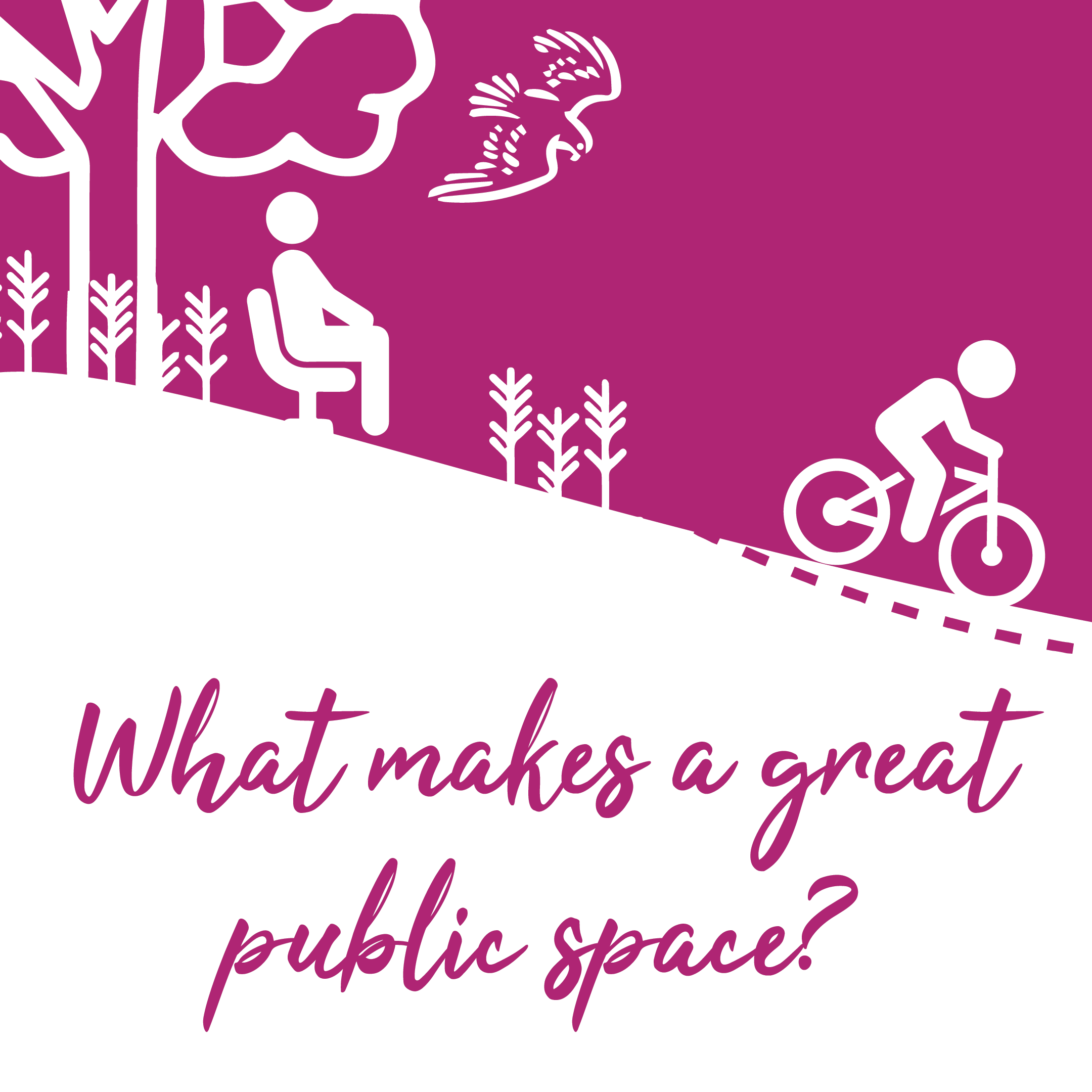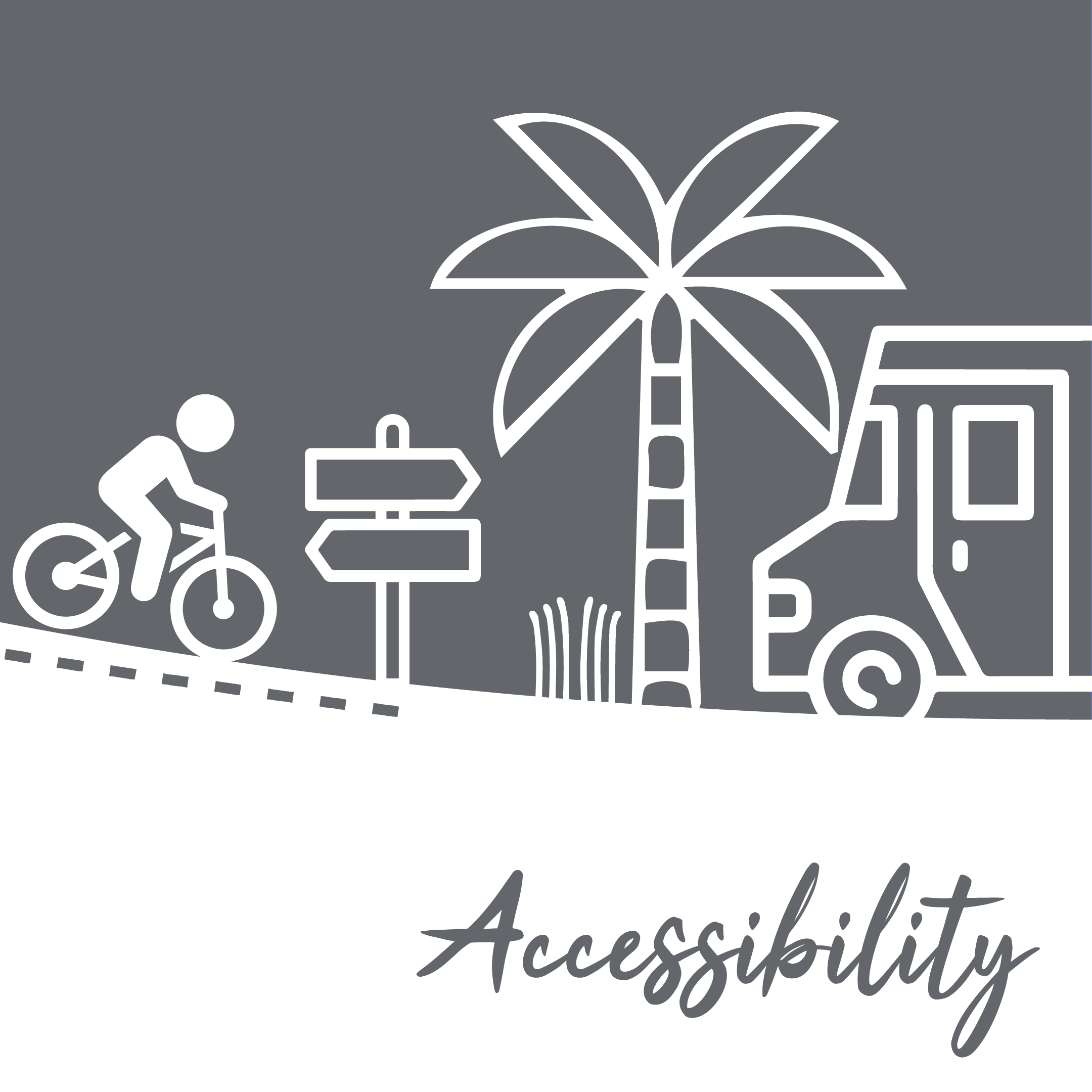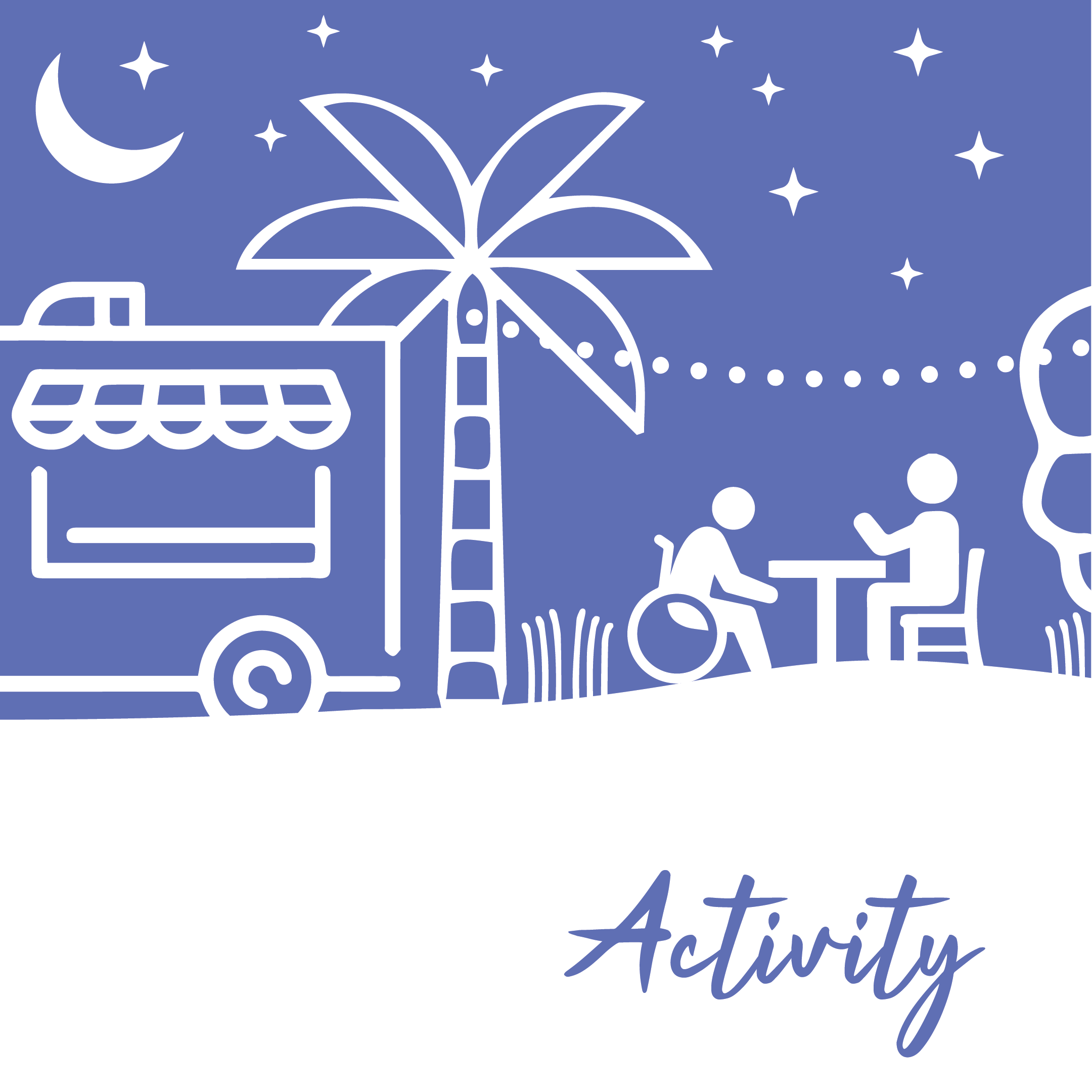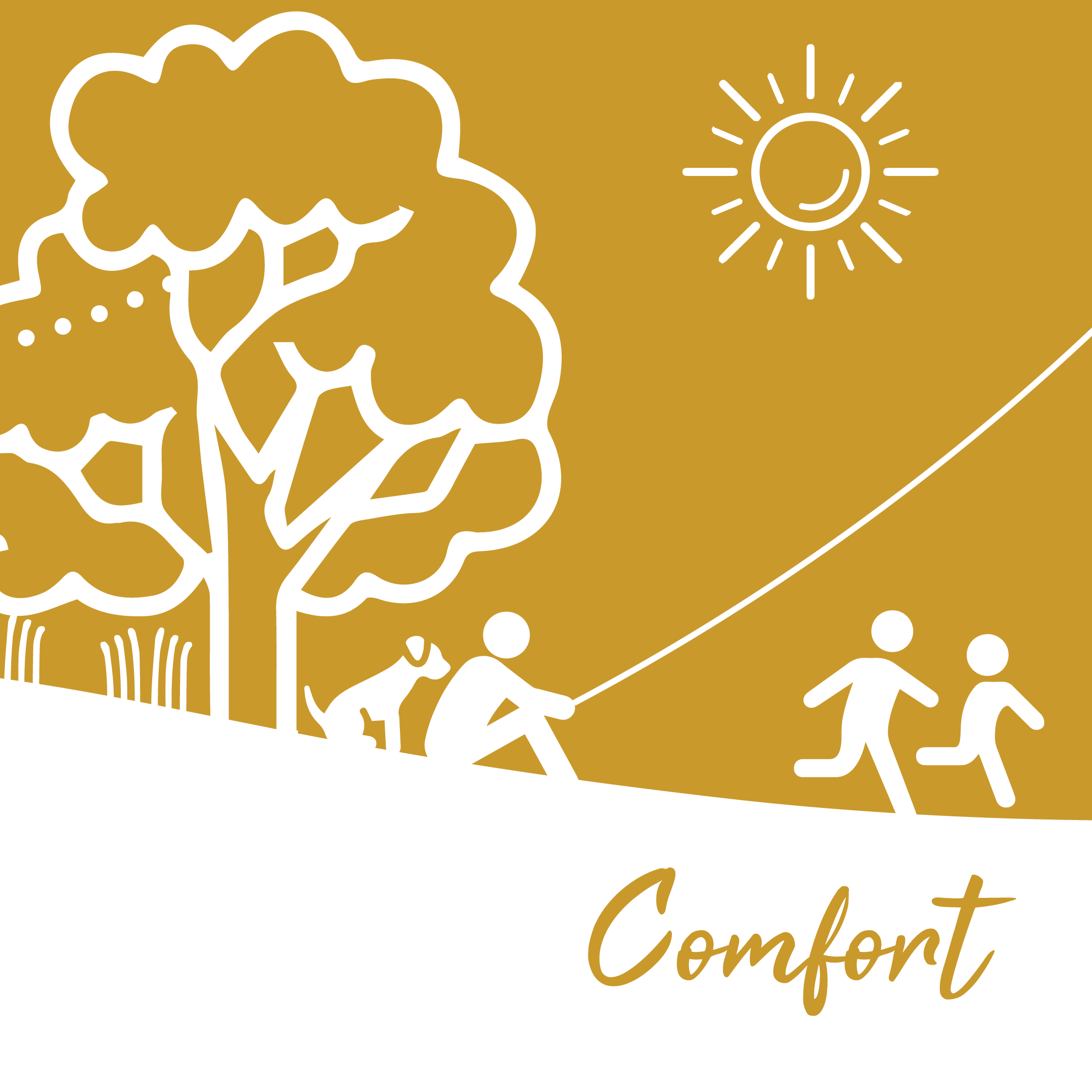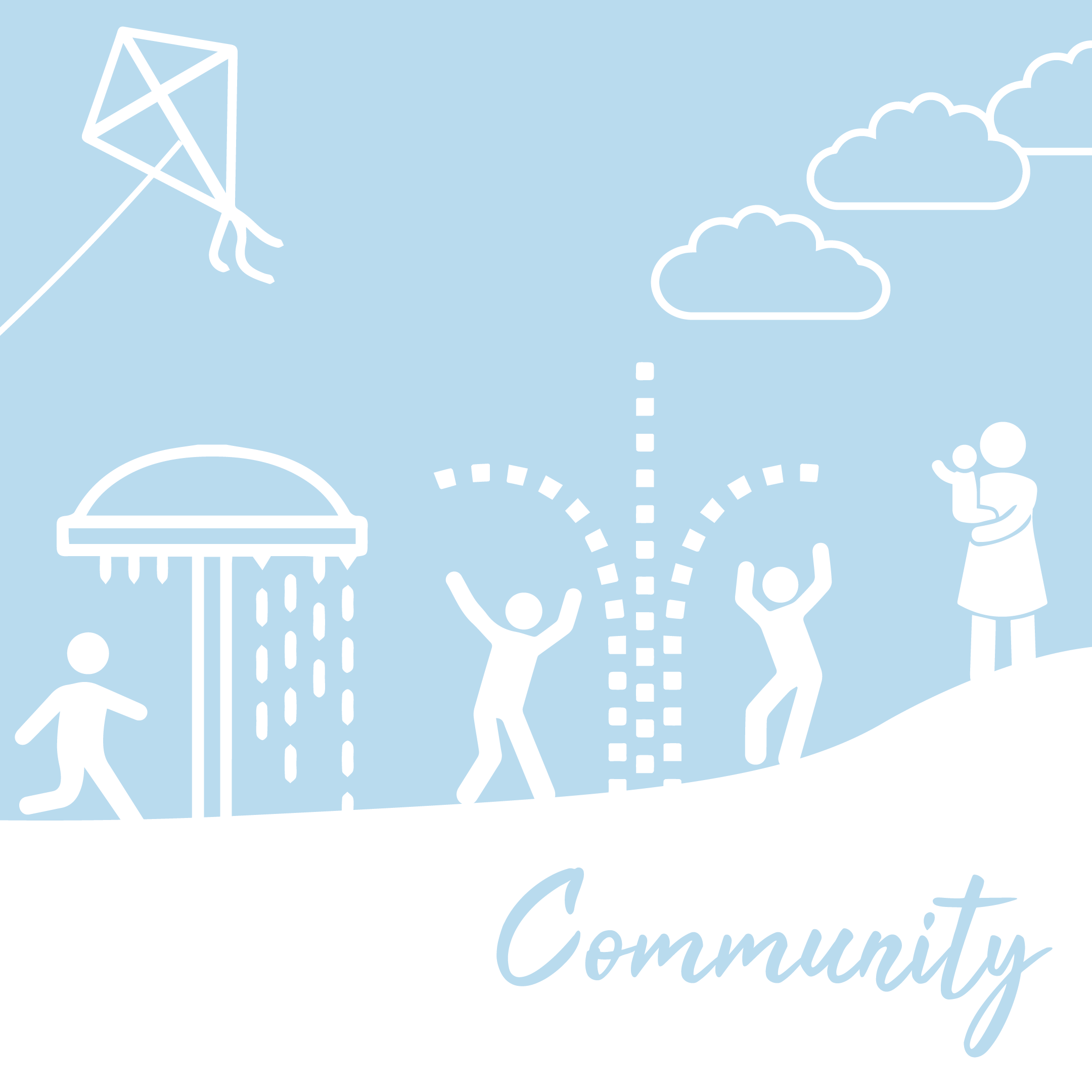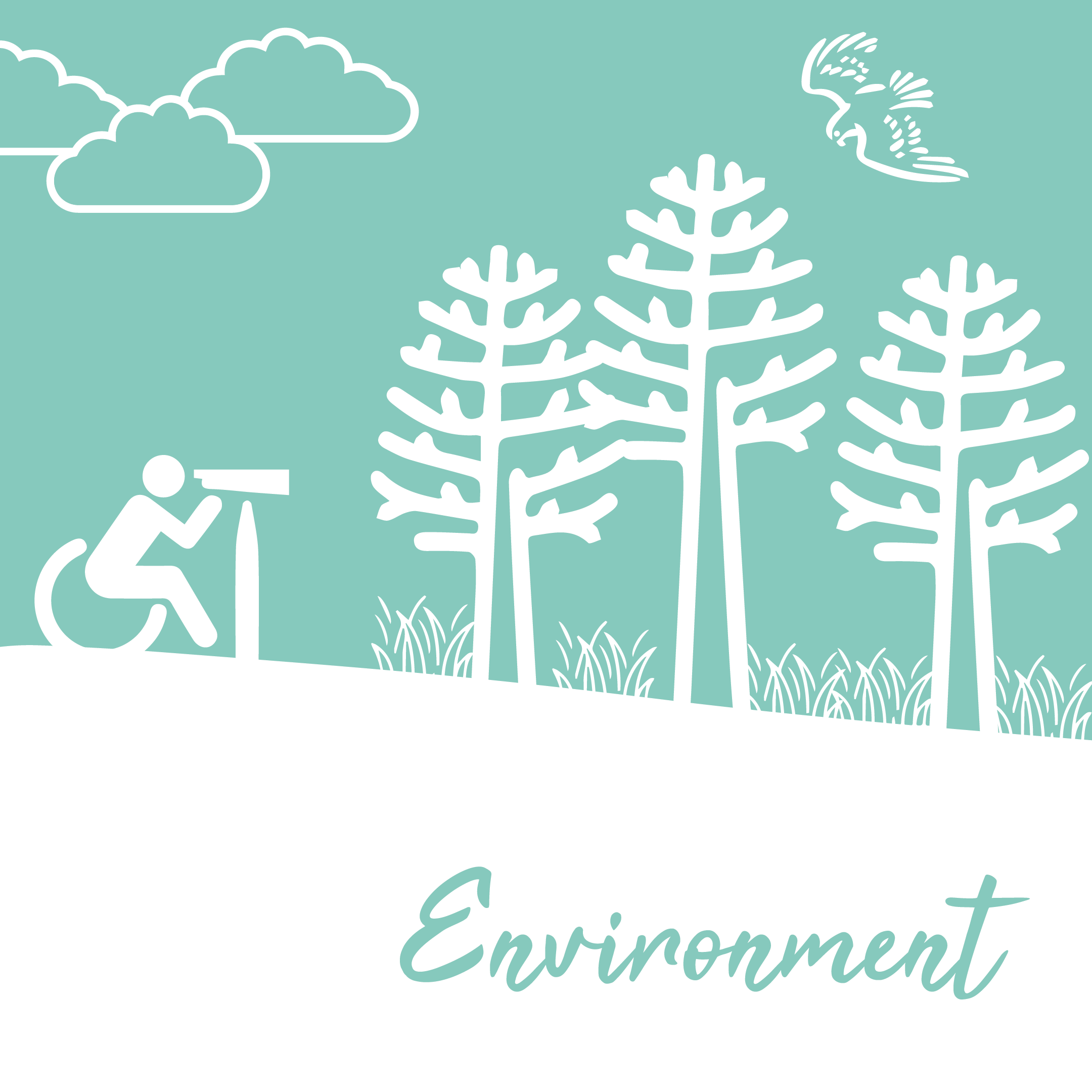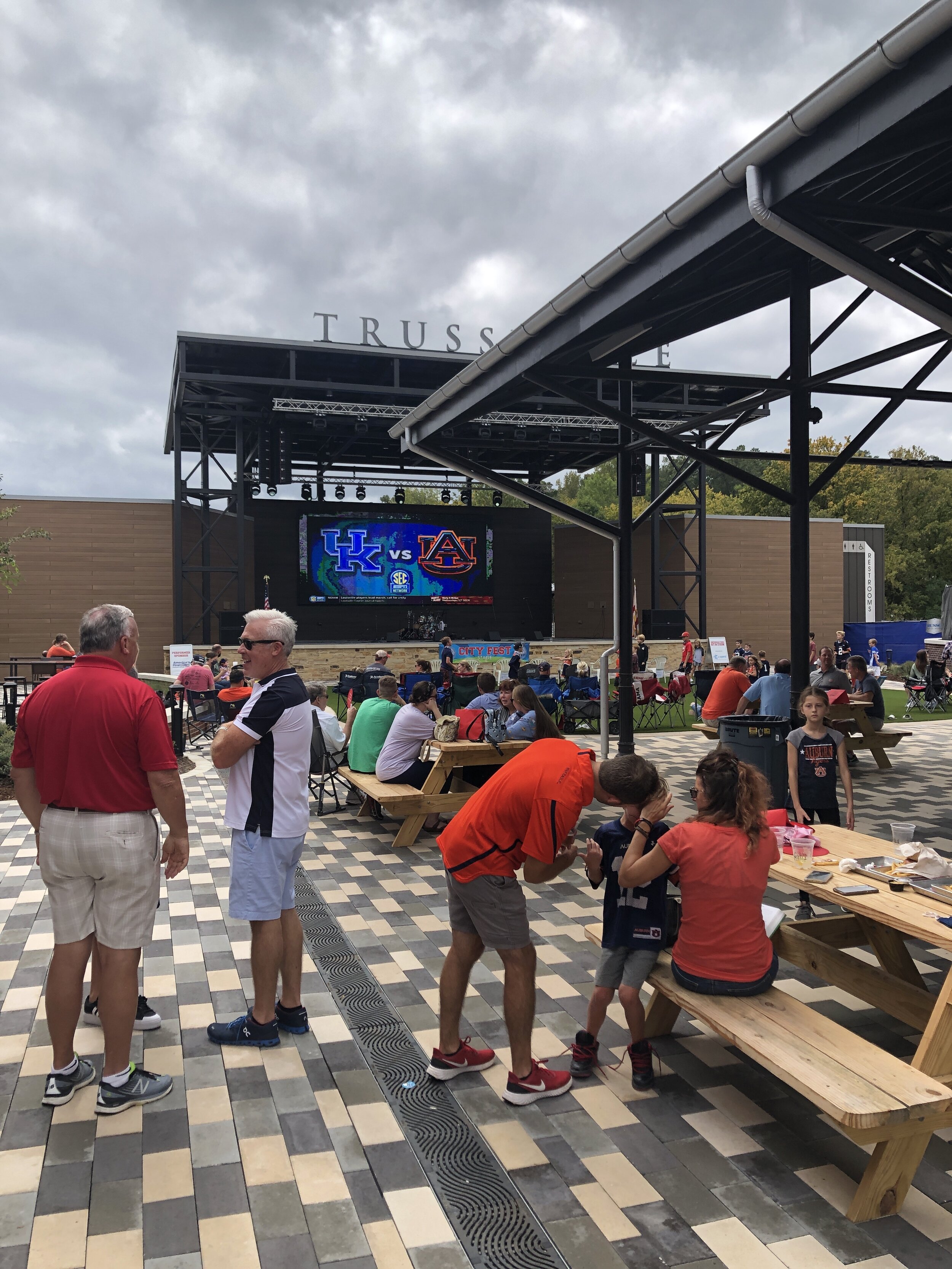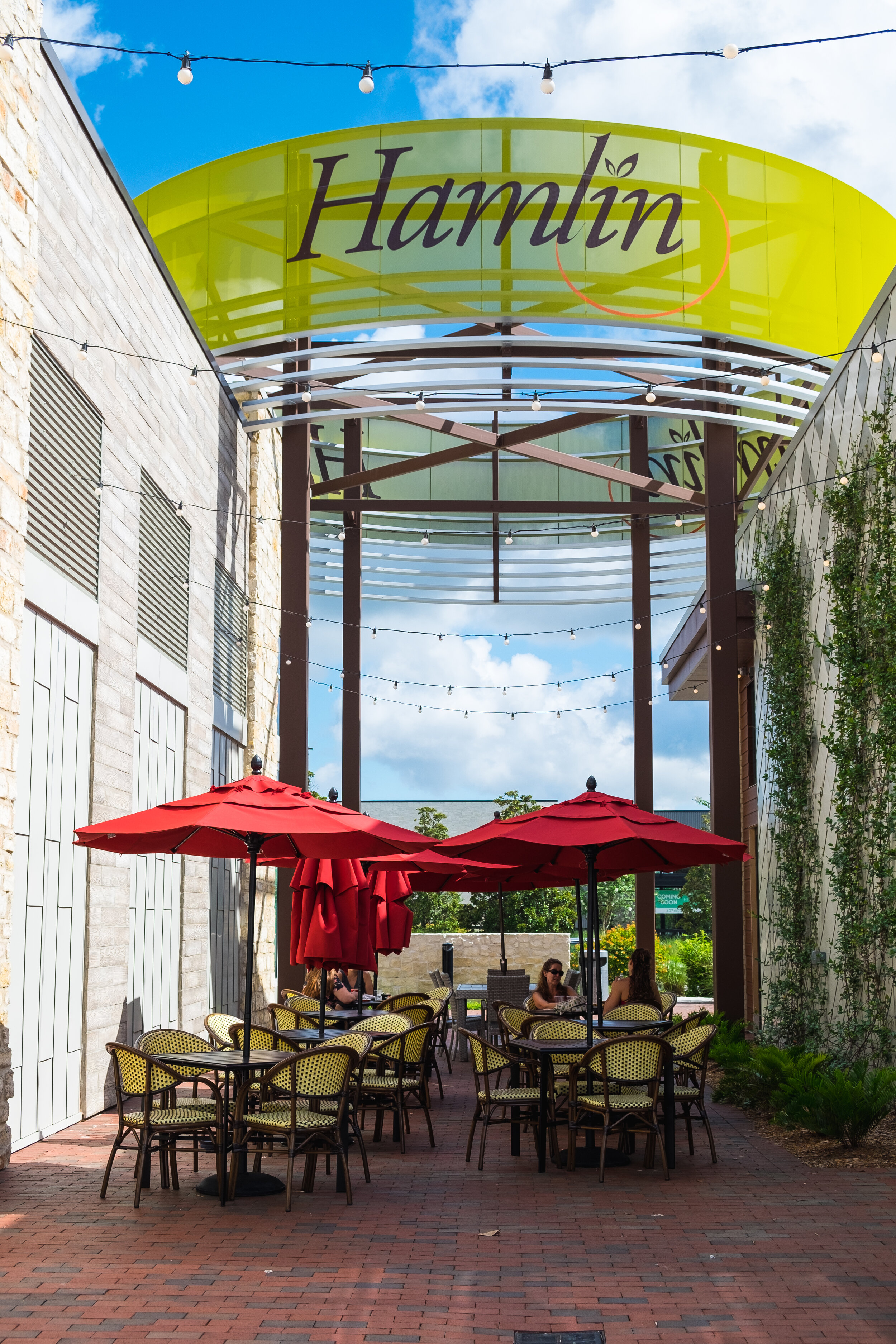What Makes a Great Public Space?
Great public spaces are the “front porches” of our public institutions. They’re where celebrations are held, where interactions take place, where cultures mix. They’re a “third” place—not home, not work—where people spend a large portion of their time. And when they work well, public spaces serve as the stage for our public lives.
There are several signs of a good quality public space, signs that show us when a space is functioning at a high level. When designing in the public realm, we always consider these elements and ask ourselves the following questions.
Accessibility
Is there a good connection between the space and the adjacent buildings, or is it surrounded by blank walls? Connectivity, both physically and visually, is key.
Is the surrounding architecture “permeable?” Meaning: Does it have enough transparency that people can see into the buildings? When people on the street can see into buildings, it helps activate the space and gives a sense of safety and energy.
Do occupants of adjacent buildings use the space? Why or why not? Sometimes it’s as simple as a lack of comfortable seating or shade.
Does the space function well for people with special needs?
Can you walk or ride your bike safely? Is there a space to stash your bike?
Activity
Is the space used throughout the day? Some public spaces become dead zones in the evening when businesses close. Active spaces feel safer and attract more people.
How well is the space managed? Public spaces need to be clean, safe, and have sufficient programming to attract people.
Is there food available nearby? Restaurants, ice cream shops, and coffee shops all attract people and make them stay longer.
Comfort
Does the place make a good first impression? Great public spaces have a unique and memorable character.
Is there something nice to look at? People love to have a view—a body of water, a great tree canopy, art or murals.
Are there enough places to sit? Are seats conveniently located? Do people have a choice of places to sit, either in the sun or shade?
Does it accommodate people with different mobility needs?
Picture a family with young children, strollers, and diaper bags. Are there spaces where they can relax and feel comfortable? It can be as simple as providing a wide sidewalk or a place to park strollers at the playground.
Are there trees for shade? Is there any planting for beauty?
Are the sidewalks well-maintained and free of hazards?
Community
Does the space attract a mix of ages and ethnic groups that generally reflect the community at large? Or does one group use it more than others? The best public spaces attract people from all walks of life.
Do people tend to pick up litter when they see it? Is the space well cared for? When people love a space, they’ll keep it clean.
Environment
Does the space negatively or positively impact the environment? There’s a conception that urban public spaces are “unnatural,” but that doesn’t mean they’re harmful. Great public spaces can also provide habitat, treat and divert stormwater, and reduce the “heat island” effect.

